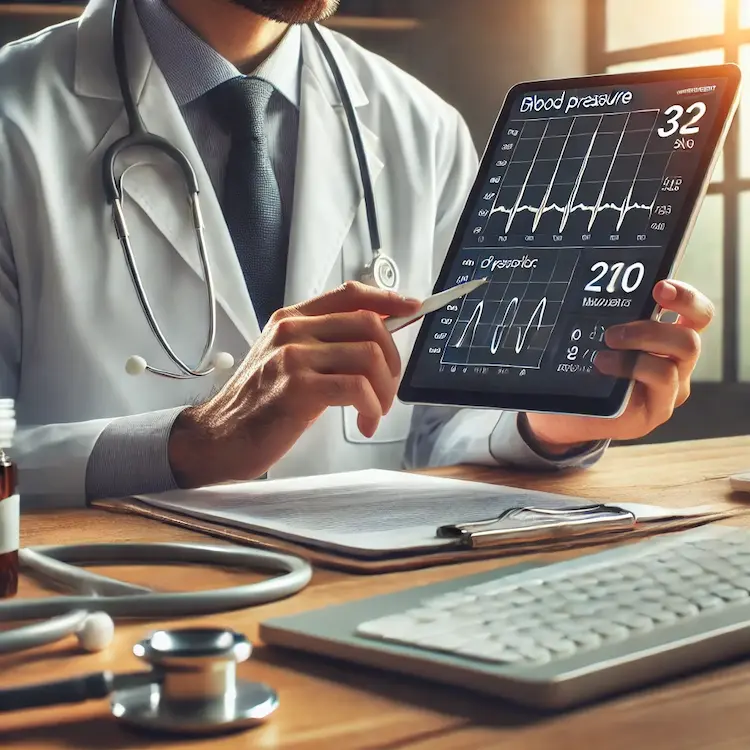Monitoring blood pressure is essential for individuals undergoing medication adjustments. It helps in assessing the effectiveness of treatment, detecting side effects, and preventing potential health risks. Sphyg provides a reliable way to track monitor blood pressure changes accurately.
This article will guide you on using Sphyg for monitoring blood pressure fluctuations, explain why it’s important, and compare different monitoring approaches. It will also offer practical advice to ensure accurate readings and optimal medication management.
Blood pressure medications, such as ACE inhibitors, beta-blockers, and diuretics, work differently for each individual. Regular monitoring helps determine if the prescribed dosage effectively manages hypertension.
Some medications can cause dizziness, extreme drops in blood pressure, or heart rate abnormalities. Tracking blood pressure daily allows early detection of these issues, preventing serious complications.
Uncontrolled blood pressure can lead to stroke, heart attack, and kidney disease. Medication adjustments should be guided by consistent monitoring to avoid such risks.
Doctors may need to modify dosages or switch medications based on blood pressure trends. Reliable readings help healthcare providers tailor treatment plans for better outcomes.

Sphyg is a clinically proven device used for precise blood pressure monitoring. It features advanced sensors and algorithms to detect subtle changes in systolic and diastolic pressure.
| Type | Features | Pros | Cons |
|---|---|---|---|
| Oscillometric (Digital) | Automatic inflation, easy to use, stores readings | Convenient, ideal for home use | Can be affected by movement |
| Mercury Sphygmomanometer | Traditional manual method, highly accurate | Gold standard for accuracy | Requires training to use properly |
| Aneroid Sphygmomanometer | Manual with dial gauge, requires stethoscope | Affordable, portable | Prone to calibration errors |
Among these, Sphyg’s oscillometric monitors are ideal for home use, ensuring accuracy with minimal effort.
Using an incorrectly sized cuff leads to inaccurate readings. Measure your arm circumference and select the correct size as per Sphyg’s recommendations.
| Factor | Home Monitoring (Sphyg) | Clinic Monitoring |
|---|---|---|
| Convenience | Check at any time | Requires an appointment |
| White Coat Syndrome | Eliminates stress-related spikes | Anxiety may cause higher readings |
| Frequency | Can track daily trends | Usually taken once in a while |
| Cost | One-time device purchase | Ongoing consultation fees |
Home monitoring with Sphyg provides real-time data, reducing reliance on infrequent clinic visits.
A misplaced cuff leads to skewed results. Always position it at heart level for accuracy.
Blood pressure fluctuates throughout the day. Measure at consistent times, preferably in the morning and evening.
Even slight movements can cause variations in readings. Stay still and quiet.
Take two or three readings, 30–60 seconds apart, and calculate the average.
| Category | Systolic (mmHg) | Diastolic (mmHg) |
|---|---|---|
| Normal | <120 | <80 |
| Elevated | 120–129 | <80 |
| Hypertension Stage 1 | 130–139 | 80–89 |
| Hypertension Stage 2 | ≥140 | ≥90 |
| Hypertensive Crisis | >180 | >120 |

Monitoring blood pressure with Sphyg during medication adjustments ensures better control, reduces health risks, and personalizes treatment. Regular tracking helps individuals and healthcare providers make informed decisions, leading to improved overall well-being.